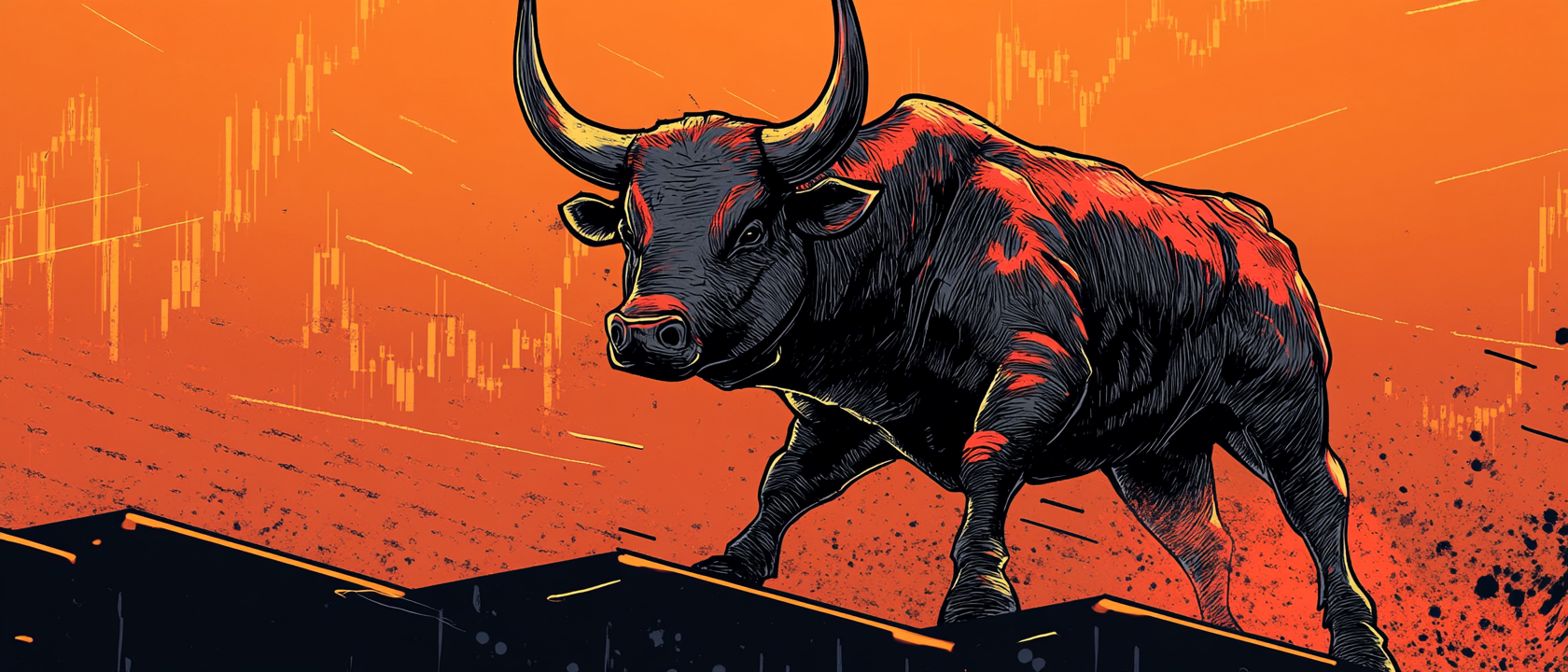

Whenever Mel Mattison joins the pod, he brings a flood of opinions and predictions - and his track record speaks for itself.
Whenever Mel Mattison joins the pod, he brings a flood of opinions and predictions, and his track record speaks for itself. Many of his past calls have been spot on, which is why when Mel talks, we listen. This week's conversation was no exception, so we're dedicating this entire newsletter to his latest predictions about where markets are headed.
In perhaps his most contrarian call, Mel predicts the 10-year Treasury rate will lose its status as the economy's key benchmark, with Fed funds becoming the rate that matters. He argues the government can maintain its interest expense at 3% of GDP even while adding trillions in debt by continuing to issue primarily short-term bills rather than long-term bonds. This strategy, combined with the Fed eventually expanding its balance sheet beyond the current 13% of outstanding Treasury debt, will keep long rates contained.
The real economy impact will come through HELOCs (home equity lines of credit) tied to short rates, unlocking what he estimates as $12 trillion in tappable home equity once Fed funds decline. Corporations will increasingly use floating rate debt tied to short rates rather than fixed long-term debt. As foreign central banks continue de-dollarizing and holding fewer Treasuries, more U.S. debt will be held domestically, recycling that trillion-dollar annual interest expense directly into the American economy. The feared "bond vigilante" scenario simply won't materialize given these structural dynamics.
Mel remains steadfast in his bullish Bitcoin outlook, maintaining his call for $150,000 by the end of 2025. He sees the recent break above previous highs as establishing a clear floor, with $110,000 Bitcoin looking like a bargain in retrospect - much like how we now view $50,000 or $30,000. His technical analysis suggests $150,000 as a base case, but he's already eyeing $190,000-$195,000 as the next target after reassessment.
The thesis rests on multiple tailwinds: the U.S. government's structural need to run 7-8% deficits indefinitely, creating what Mel calls "a trillion dollar COVID stimmy every year" through interest payments alone. With 75% of that trillion flowing directly into the U.S. economy via domestic bondholders, baby boomers, and money market funds, the fiscal stimulus is on autopilot. Combined with AI-driven productivity gains that will help contain inflation despite massive money printing, Mel sees Bitcoin as the perfect asset for both inflationary and deflationary scenarios. As he put it, "110 Bitcoin is going to look cheap" once people grasp what the 2030s economy will look like.
Drawing parallels to the 1985-1996 period when the S&P surged 350% while interest expense held steady at 3% of GDP, Mel projects the S&P could hit 20,000+ over the next decade. We're currently at that same 3% interest expense to GDP ratio, which historically coincided with massive equity gains. The key difference this time? AI is creating what he calls an "agricultural revolution, industrial revolution type change" that will drive earnings growth even as companies reduce headcount.
Mel points to Microsoft and Meta already demonstrating this dynamic - laying off employees while earnings continue climbing thanks to AI implementation. With the stock market now too integral to tax receipts and wealth effects to allow a depression-style collapse, and with baby boomer demographics creating natural demand for yield-bearing assets, he sees the path cleared for sustained equity appreciation. The market can no longer be allowed to experience an 80% decline like the 1930s - it would cause social chaos given how intertwined markets are with retirement savings and government revenues.

Bitcoin miners are abandoning crypto for AI hosting, with potential earnings skyrocketing from $1.1M to over $10M per megawatt annually. Core Scientific's $10 billion deal with CoreWeave ignited the exodus, netting $1.4M/MW/year—outpacing bitcoin mining returns.
The shift capitalizes on miners' unique advantage: pre-secured power in a bottlenecked market. "We have seen power as the bottleneck," says Cipher Mining CEO Tyler Page, whose company just landed a $50M SoftBank investment for AI expansion.
The transformation requires massive capital—$7-8M per megawatt for AI facilities versus $500K for bitcoin mining. Yet major players are all-in: TeraWulf, Cipher, and others are building flexible "powered shell" facilities to host hyperscaler equipment.
Construction labor shortages pose challenges, with data center demand growing 12-30% annually while labor grows just 1%. Winners will be those who can navigate both power and labor bottlenecks.
The future? Hybrid operations where bitcoin miners fill power gaps when GPUs idle, maximizing site monetization. With only Cleanspark, MARA, and BitFuFu yet to pivot, the AI gold rush among miners appears unstoppable.
Subscribe to them here (seriously, you should): https://newsletter.blockspacemedia.com/
Ten31, the largest bitcoin-focused investor, has deployed $150M across 30+ companies through three funds. I am a Managing Partner at Ten31 and am very proud of the work we are doing. Learn more at ten31.vc/invest.
Get this newsletter sent to your inbox daily: https://www.tftc.io/bitcoin-brief/
STACK SATS hat: https://tftcmerch.io/
Subscribe to our YouTube channels and follow us on Nostr and X: